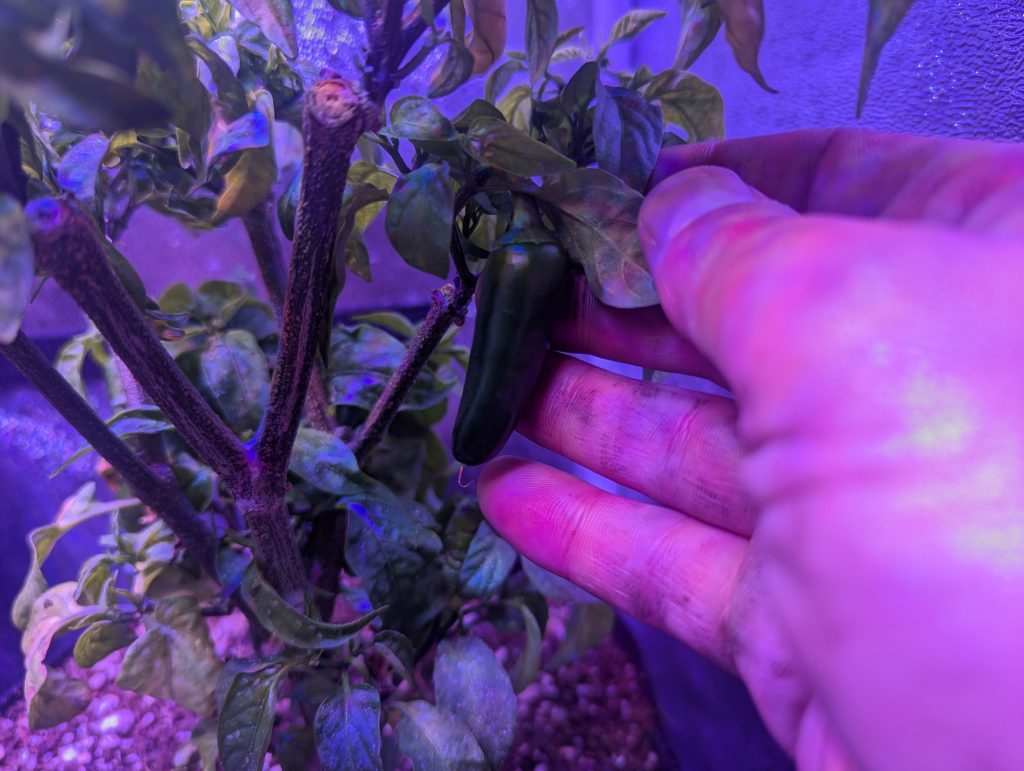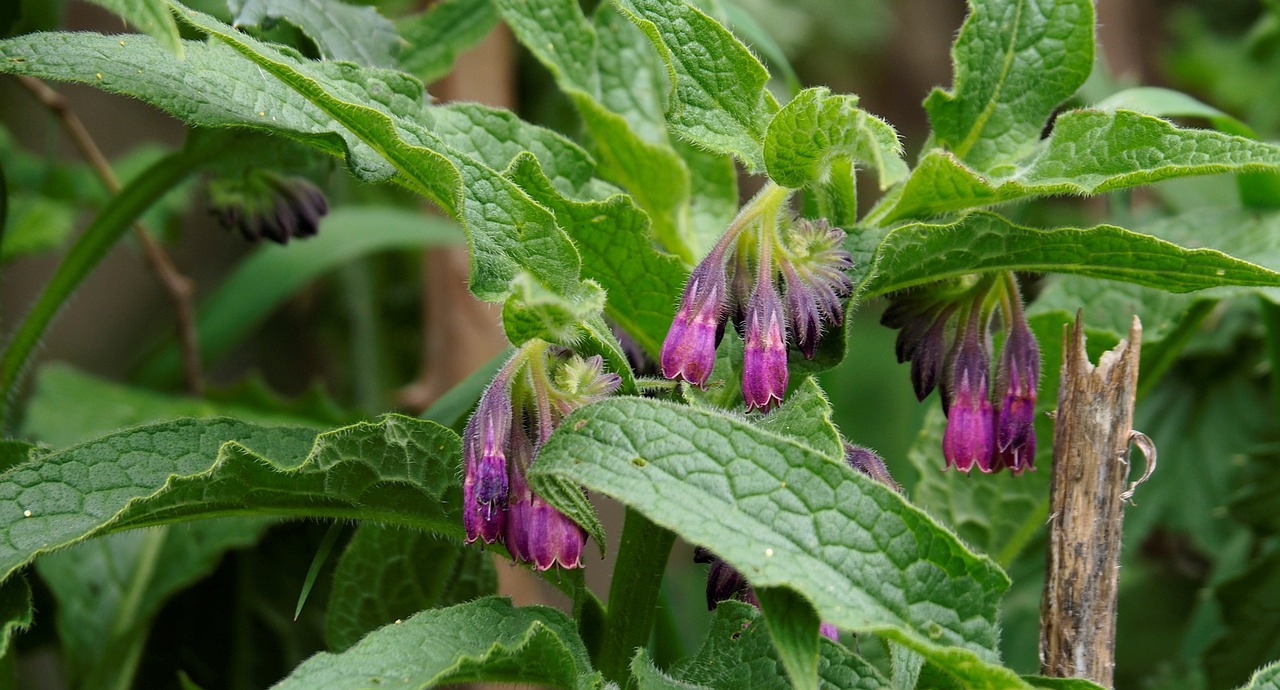
Sunchokes, or Jerusalem artichokes, are tubers from a sunflower species with a nutty, sweet flavor. Eaten raw, sunchokes add a delightful crunch to salads, with a consistency similar to water chestnuts, or a sweetness when roasted. Hardy and decorative, sunchokes thrive in various climates, making them a favorite among chefs and gardeners alike!
The History of Sunchokes
Indigenous peoples of North America used sunchokes (Helianthus tuberosus) extensively as a nutritious and reliable food source. Tribes such as the Huron, Iroquois, and other Eastern Woodland peoples cultivated and harvested the tubers for sustenance, particularly during the fall and winter when other crops were scarce.
Sunchokes were often cooked by roasting, boiling, or baking in earth ovens. These methods enhanced their natural sweetness and made them easier to digest. Some tribes also dried the tubers for long-term storage or ground them into flour-like powder for use in stews and bread-making.
In addition to being a food source, sunchokes played a role in Indigenous agricultural practices. They were planted alongside other staple crops like corn, beans, and squash in companion planting systems that improved soil health and supported sustainable farming.
Medicinally, some tribes valued sunchokes for their potential health benefits. Though specific uses varied, the tubers’ high nutritional content, including fiber, vitamins, and minerals, likely supported general health and well-being.
In the early 1600s, French explorer Samuel de Champlain encountered sunchokes in what is now Canada. He introduced them to Europe, where they gained popularity, particularly in France and Italy. Their slightly sweet, nutty taste and adaptability in various dishes made them a culinary favorite.
The name “Jerusalem artichoke” is believed to be a linguistic twist: “Jerusalem” may have come from “girasole,” Italian for sunflower, referencing the plant’s appearance. “Artichoke” was likely added due to the tuber’s similar taste to artichoke hearts.
By the 17th century, sunchokes were common in European gardens and kitchens but fell out of favor due to their association with famine food during difficult times.
Modern interest in sunchokes resurged in the 20th century, fueled by the organic and farm-to-table movements. Their nutritional benefits, especially high inulin content for gut health, have made them popular among health-conscious eaters and chefs worldwide. Today, sunchokes are considered a unique and versatile ingredient in both traditional and gourmet cuisine.
Growing Sunchokes
Growing sunchokes (Helianthus tuberosus) is relatively easy due to their hardiness and adaptability. *Important Note* These are not invasive, they are highly aggressive growers and will spread dramatically. Being a North American native, these perennial tubers thrive in a nearly every climate and with little to no extra care Here’s how to cultivate them successfully:
Sunchokes prefer full sun and well-drained, moderately fertile soil but tolerate various conditions, including poor soils. Plant tubers in early spring after the last frost or in fall before the ground freezes. Space them 12-18 inches apart in rows about 3 feet apart, as plants can grow 6-10 feet tall. Tubers should be buried 4-6 inches deep with the eyes facing up.
Sunchokes are low-to-no-maintenance. Water regularly but avoid overwatering, which can cause rot. Once established, they are drought-tolerant. Adding compost at planting boosts growth, but they don’t require heavy fertilization. Tall plants may need staking to prevent wind damage but are pretty much immortal and will keep growing and blooming so long as the stems don’t break.
Sunchokes are hardy in USDA zones 3-9, surviving temperatures down to -30°F (-34°C). They endure both hot summers and cold winters, making them highly resilient. Their deep roots help them withstand drought and poor soil conditions.
Harvest after a few frosts because each frost converts inulin to fructose. Dig carefully to avoid damaging the knobby roots. Sunchokes can be left in the ground for winter storage or stored in a cool, dark place for several months.
More Than Sunflowers – Eat the Tubers! Sunchokes!
Sunchokes are versatile and adapt well to various cooking methods. Their nutty, slightly sweet flavor and crisp texture shine whether eaten raw or cooked. Raw sunchokes add crunch to salads, slaws, and veggie platters. Cooking enhances their sweetness and creamy texture—roast them for a caramelized exterior, boil or steam for mashing, or purée into soups for a velvety finish. They can be sliced thin and fried into chips or added to stir-fries and gratins. Pair them with herbs like rosemary, thyme, and garlic for savory dishes.




















